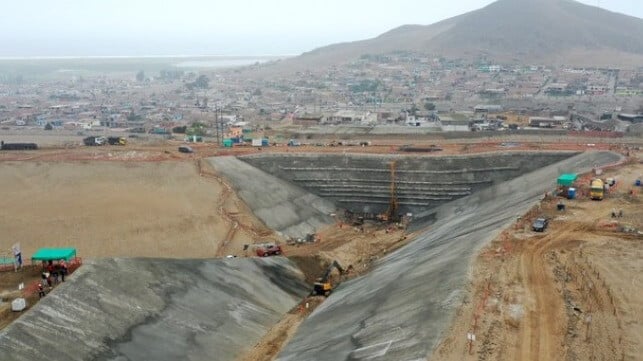Peruvian Regulator Upsets Cosco With Ruling on Chancay Port

Months away from the opening of the new megaport of Chancay, Peruvian regulators have startled the project's Chinese investors by revoking their exclusive-operator status.
State-owned Cosco Shipping began the process to develop a modern multipurpose port at Chancay, Peru in 2019. Two years later, Peru's National Port Authority (APN) awarded it the exclusive right to run the port, as is common for privately-funded terminal facilities. Last month, the APN reversed itself and annulled its earlier decision, saying that it had never had the legal authority to grant exclusive operator rights to begin with.
APN said that this was simply a correction of an "administrative error," and should not affect operations on the ground. Cosco Shipping and its Chinese bankers see it differently, according to the port's management.
“We have received communication from the syndicated banks that gave us the loan and from Cosco saying ‘What is going on here, we don’t understand,’” Carlos Tejada, a manager with Chancay Port, told Bloomberg.
The $3.5 billion port is 70 percent complete and is on track to begin operations by the end of the year. Assuming that Cosco reaches an accommodation with the Peruvian government and finishes the project, Chancay Port will provide a direct connection from South America's west coast to China's industrial heartland, with significant regional implications. Brazil's government is considering a partnership to export agricultural commodities overland to Chancay, then onwards to China, without using the Panama Canal.
But the APN's decision on operating rights throws the business model for Chancay into doubt, the port's executives say. Peru's legislature is considering a legal remedy to give Chancay back its exclusivity status, according to Bloomberg - so the standoff may be over soon.
The port's design is complex. The entrance gates and administrative offices are located on one side of the town of Chancay; the terminals are located on the other. The two halves of the seaport are connected by a giant road tunnel, exclusively for cargo use. The tunnel runs under the town, and damage to buildings on the surface was reported in 2022 during construction.
